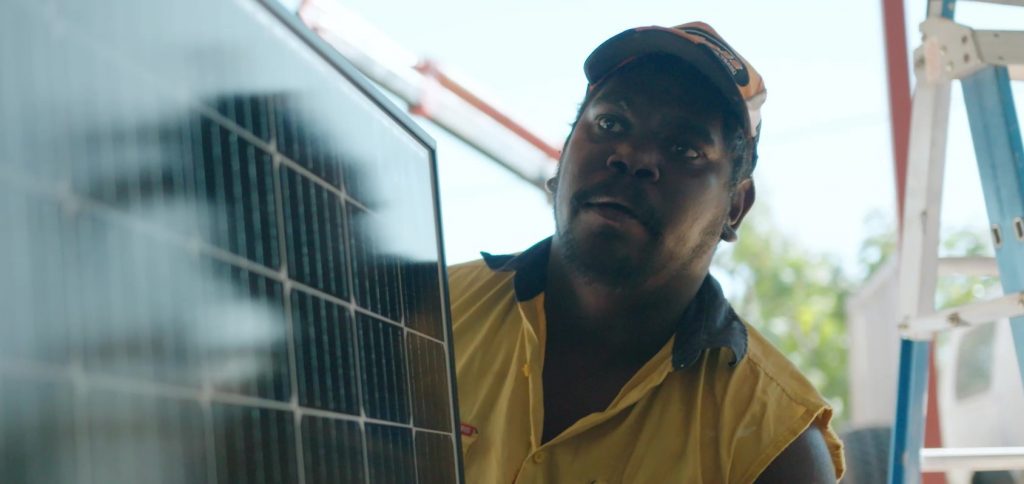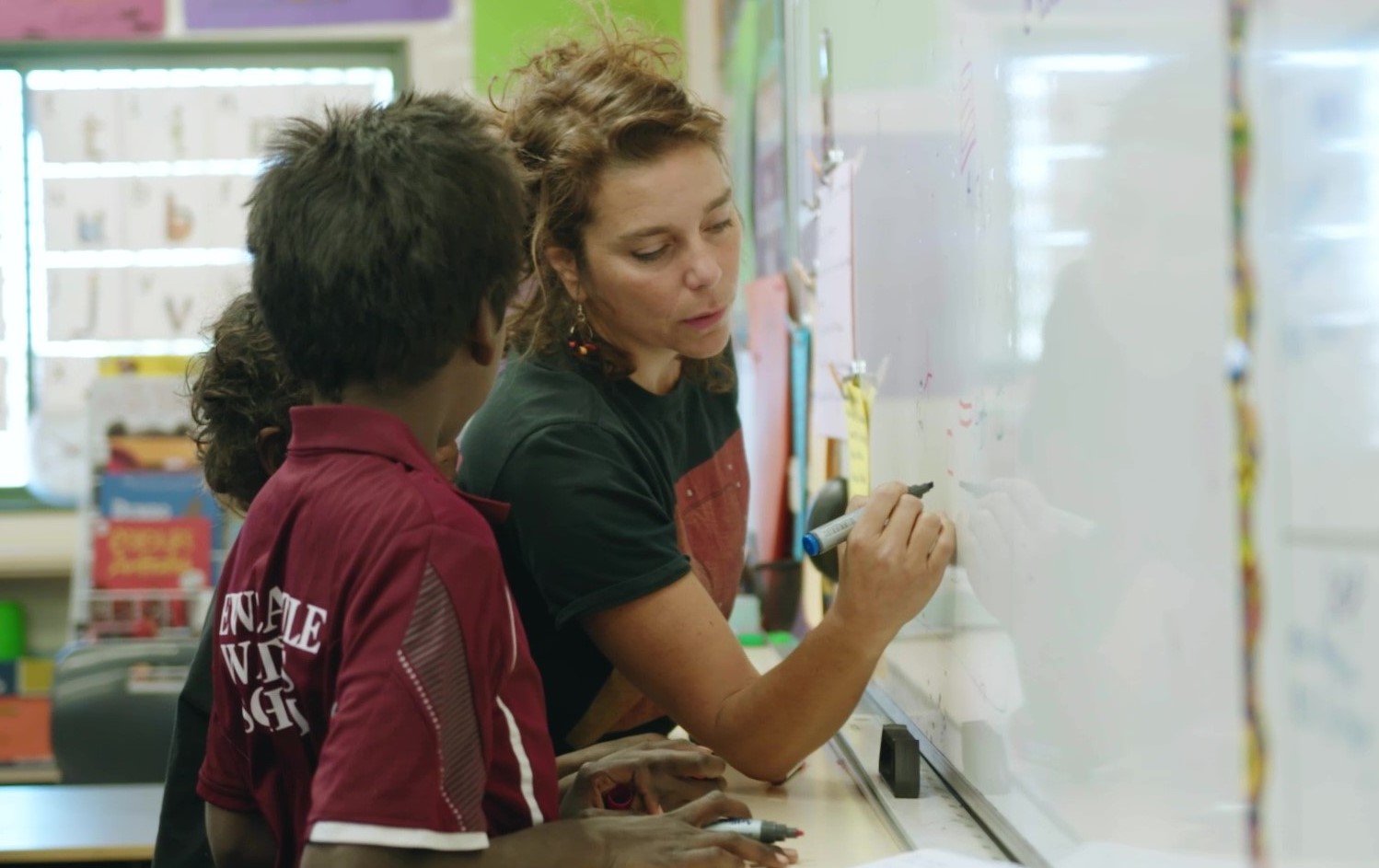Reconciling Indigenous communities with the clean energy revolution
How can Indigenous communities equip themselves to best take advantage of the global energy transition? The First Nations Clean Energy Network is full of ideas.

What does the global transition to renewable energy sources mean for Aboriginal and Torres Strait Islander communities?
According to Karrina Nolan, a Yorta Yorta descendant, executive director of community-focused Original Power and representing member of the First Nations Clean Energy Network, there are both huge opportunities and potential pitfalls.
Wary of previous interactions with industry and government that have turned sour, such as the traumatic destruction in 2020 of 46,000 year-old rock shelters in the Juukan Gorge in Western Australia, Nolan says there is a need to reset relationships.
‘We feel like we’ve got this window, post-Juukan Gorge,’ Nolan says, ‘where investors and companies are saying, “Oh, we really don’t want to see a repeat of that.”’
‘And we’re saying “Agreed. And here’s what you need to do.”’

Established in November 2019, the First Nations Clean Energy Network is a network of First Nations people, community organisations, land councils, unions, academics, industry groups, technical advisors, legal experts, renewables companies and others working in partnership to ensure Indigenous communities share in the benefits of Australia’s energy transition and the renewables boom.
Guided by a steering group of cultural leaders with expertise in the clean energy industry, law, investment, business and community sectors, the Network aims to give Indigenous people a seat at the table to share in clean energy jobs and economic opportunities, as well as ensure sacred sites are protected and native title is respected.
To that end, the Network has developed a tool kit to guide communities and clean energy companies who are seeking to develop larger scale clean energy projects on First Nations land.
And the need is urgent because the problems are so profound: many communities don’t even have access to clean, reliable power, often relying on diesel generators that are both expensive to run and difficult to maintain.
‘It’s really clear to us that there is an energy transition underway towards renewables, and that our communities are not really front and centre of that and aren’t positioned to benefit unless we act,’ Nolan says.
The Network’s approach is focused on educating communities about the possibilities of the energy transition, and providing resources to help them realise that potential when negotiating with industry and government.
That approach is built on three pillars of activity:
Community
- Building community capacity through education and training.
- Facilitating the planning and build of community-scale projects.
- Connecting First Nations energy businesses with each other, providing a network of specialists and experts.
- Mentoring First Nations communities and organisations considering potential renewable energy projects.
Policy
- Lifting significant federal and state regulatory barriers and stoking government investment.
- Ensuring laws and systems allow First Nations households and communities to enjoy the benefits of clean, reliable and cheaper power.
Industry
- Working with business and government partners to develop best-practice principles.
- Offering advice and training to First Nations organisations to manage clean energy projects and businesses.
- Developing concrete actions for companies to improve community benefits.
The Network’s aim is not to get directly involved in projects or negotiations but to help communities understand the possibilities.
And those possibilities are potentially game-changing particularly for remote and regional communities living in regions where solar, wind, pumped hydro, battery and other renewable projects are already in the pipeline.
These projects can transform and support local Indigenous communities, such as the Solar SETuP project in the Northern Territory which was funded by ARENA with the Northern Territory Government.
‘We’re focussed on clean energy as a strong option for community development and strong income development,’ Nolan says.
‘With the industry pillar for example we’re thinking more about medium and large-scale and even export projects.’
But as the pace of technological change quickens, and as the price of renewable projects and energy falls, it’s the policy pillar that is receiving increasing attention.
‘That’s the bit we think the network is going to be really powerful in doing,’ Nolan says.
‘Gathering examples from traditional owners and urban communities and going, ok, that’s the problem and it’s not technical, it’s not financial, it’s a government policy problem. So let’s lobby these people and go fix that.’
LIKE THIS STORY? SIGN UP TO OUR NEWSLETTER

ARENA